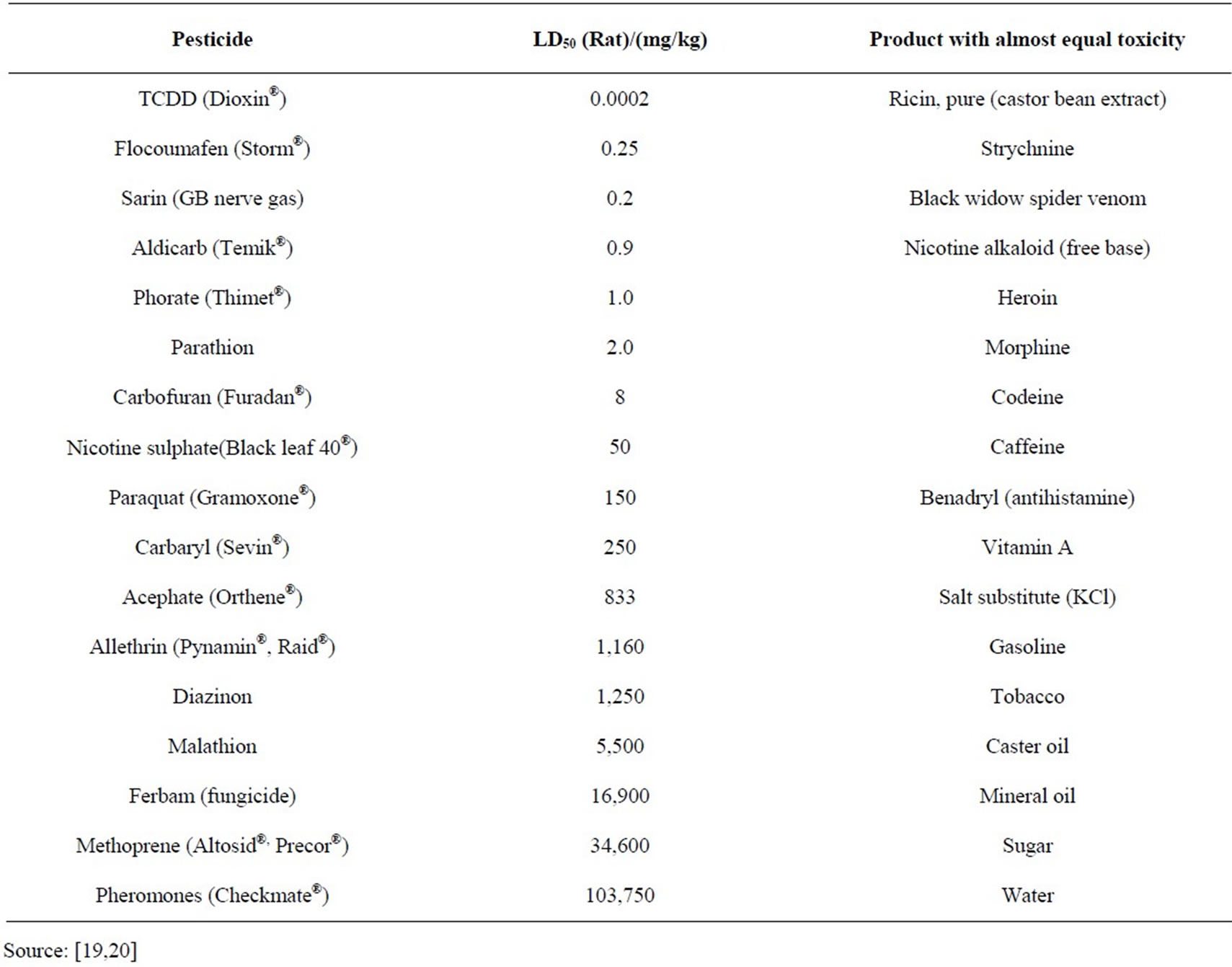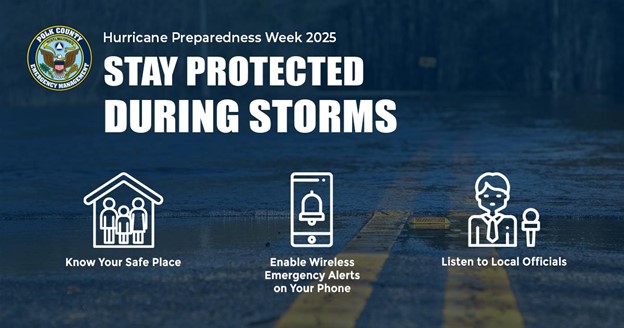Report on Water Quality Management Strategies for Marco Island
Introduction: Aligning Water Management with Sustainable Development Goals
The city of Marco Island is currently evaluating strategic infrastructure investments to address water quality challenges, specifically high nitrogen levels in its waterways. This initiative directly engages with several United Nations Sustainable Development Goals (SDGs), including SDG 6 (Clean Water and Sanitation), SDG 11 (Sustainable Cities and Communities), and SDG 14 (Life Below Water). The central debate involves upgrading the existing wastewater treatment plant to an Advanced Wastewater Treatment (AWT) facility versus prioritizing the replacement of septic systems in adjacent communities.
Analysis of Water Quality and Regulatory Status
SDG 14: Addressing Threats to Life Below Water
Marco Island has been on the Florida Department of Environmental Protection’s (FDEP) impaired water list since 2019 due to elevated nitrogen levels. Excess nitrogen pollution poses a significant threat to marine ecosystems, contributing to algal blooms that deplete oxygen and block sunlight, thereby harming aquatic life. This situation directly contravenes the objectives of SDG 14, which aims to prevent and significantly reduce marine pollution.
- While recent data indicates a decline in nitrogen levels, concerns remain among residents regarding visible water pollution in the city’s more than 100 miles of canals.
- The city is currently implementing an FDEP-approved restoration plan (an FDEP 4e plan), scheduled for completion in 2029, to systematically improve water quality.
- Despite this plan, Marco Island remains on the U.S. Environmental Protection Agency’s 303(d) impairment list pending evaluation of its progress.
Strategic Proposals for Sustainable Infrastructure
SDG 9: Investment in Innovative and Resilient Infrastructure
Two primary strategies are being considered to enhance the city’s water management infrastructure, reflecting different approaches to achieving sustainability and resilience.
Proposal 1: Advanced Wastewater Treatment (AWT) Facility
A faction of city officials and residents advocates for converting the current plant to an AWT facility. This technological upgrade represents a significant investment in innovative infrastructure (SDG 9) to achieve a higher standard of water purification.
- AWT systems are designed to remove a wider range of contaminants, including heavy metals, pathogens, and nutrients like nitrogen and phosphorus.
- A preliminary cost estimate for the AWT conversion is approximately $20 million, pending a formal engineering assessment directed by the City Council.
- Advocacy groups, such as Clean Marco Waters LLC, support this measure based on independent testing that suggests reclaimed water contributes to canal pollution.
Proposal 2: Regional Septic-to-Sewer Conversion
The city’s water and sewer utilities general manager, Jeff Poteet, posits that a more effective use of resources would be to address a primary pollution source: septic systems in the neighboring communities of Goodland and Isles of Capri, which Marco Island services. This approach aligns with SDG 17 (Partnerships for the Goals) by addressing a regional environmental challenge collaboratively.
- Marco Island has already achieved a key milestone for SDG 6 by eliminating all septic systems within its city limits.
- Public Works Director Justin Martin notes that legacy pollution is a major factor, stating that 70% of nutrients are embedded in canal sediment from decades of septic system use.
- This strategy targets the root cause of nutrient loading rather than solely treating its symptoms at the plant.
A Comprehensive Approach for SDG 11: Sustainable Cities and Communities
City officials emphasize that no single solution will resolve the water quality issues. Achieving the vision of a sustainable city as outlined in SDG 11 requires a multi-faceted strategy that integrates infrastructure, maintenance, and prevention.
Components of a Comprehensive Water Management Plan:
- Infrastructure Upgrades: Evaluating the AWT conversion and expanding sewer access to neighboring communities.
- Remediation: Dredging canals to remove nutrient-laden sediment from past pollution.
- Active Treatment: Implementing aeration systems in canals to improve dissolved oxygen levels.
- Pollution Prevention: Continuing preventative measures such as street sweeping and the use of inlet screens to capture pollutants before they enter waterways.
Conclusion: Path Forward for Sustainable Water Resource Management
The City of Marco Island is at a critical juncture, weighing a significant technological investment (AWT) against a regional, source-control strategy (septic conversion). The decision will have long-term implications for the city’s ability to meet its commitments to SDG 6, SDG 11, and SDG 14. A comprehensive approach that combines infrastructure modernization, remediation of historical pollution, and robust preventative measures appears essential for ensuring the long-term health and sustainability of the community’s vital water resources. The immediate next step is a formal cost analysis for the proposed AWT facility, which will provide critical data for future decision-making.
Analysis of Sustainable Development Goals in the Article
1. Which SDGs are addressed or connected to the issues highlighted in the article?
-
SDG 6: Clean Water and Sanitation
This is the most prominent SDG in the article. The entire text revolves around issues of wastewater treatment, water quality in canals, sanitation systems (septic vs. sewer), and the reuse of treated water for irrigation. The debate between upgrading to an Advanced Wastewater Treatment (AWT) plant and replacing septic systems directly addresses the core principles of ensuring clean water and managing sanitation effectively.
-
SDG 11: Sustainable Cities and Communities
The article discusses urban infrastructure and environmental management within Marco Island. The decisions about investing in a new AWT plant (estimated at “$20 million”), managing municipal wastewater, and addressing pollution in urban waterways are central to making the city more sustainable and reducing its adverse environmental impact, as mentioned in the goal to “reduce the adverse per capita environmental impact of cities.”
-
SDG 14: Life Below Water
The article highlights the negative impact of land-based pollution on marine and coastal ecosystems. It states that Marco Island is on the “impaired water list due to high nitrogen levels” and that “Excess nitrogen can cause overstimulation and growth of aquatic plants and algae.” This nutrient pollution directly affects the health of the city’s canals, bays, and potentially the adjacent Gulf of Mexico, which aligns with the goal of reducing marine pollution.
2. What specific targets under those SDGs can be identified based on the article’s content?
-
Target 6.3: Improve water quality by reducing pollution and increasing wastewater treatment.
The article is centered on this target. The push to upgrade the city’s wastewater treatment plant to Advanced Wastewater Treatment (AWT) is a direct effort to “remove a variety of contaminants from wastewater… such as nitrogen and phosphorus.” Furthermore, the city’s current status on the “FDEP water impairment list” due to nitrogen pollution and its development of a “restoration plan to improve water quality” are explicit actions towards improving water quality by reducing pollution.
-
Target 11.6: Reduce the adverse environmental impact of cities.
The discussion addresses the management of municipal wastewater to mitigate its environmental impact. The proposal to replace septic systems in Goodland and Isles of Capri with sewer systems is a measure to control waste and reduce pollution originating from the urban area. The article notes that “70% of the nutrients are embedded in the canal… a result of decades of septic systems,” highlighting the long-term environmental impact of inadequate waste management in a community.
-
Target 14.1: Prevent and significantly reduce marine pollution from land-based activities.
The core issue discussed is “nutrient pollution” from land-based sources affecting coastal waterways. The article states that Marco Island’s water impairment is due to “higher than acceptable nitrogen levels” which can “clog water intakes, use up dissolved oxygen as they decompose, and block light to deeper waters.” These are classic effects of marine pollution from land-based activities, which the city is trying to address through its restoration plan and potential infrastructure upgrades.
3. Are there any indicators mentioned or implied in the article that can be used to measure progress towards the identified targets?
-
Water Quality Measurements: The article explicitly mentions several indicators used to assess water quality. These include:
- Nitrogen Levels: The primary reason for the city’s impairment status is “higher than acceptable nitrogen levels.” The article also notes that “nitrogen levels have been going down,” which serves as a direct indicator of progress.
- Phosphorus Levels: The article mentions that “canal phosphorus levels are below the FDEP threshold levels,” using it as another chemical indicator of water quality.
- Impairment Status: Being on or off the “Florida Department of Environmental Protection’s (FDEP) water impairment list” and the “U.S. Department of Environmental Protection’s impairment list – 303(d)” serves as a clear, high-level indicator of whether water quality standards are being met.
- Wastewater Treatment Level: The distinction between the current “Reclaimed Water Production Facility” and a potential “Advanced Wastewater Treatment” (AWT) plant is an indicator of the quality and effectiveness of wastewater treatment. The decision to upgrade would represent progress in treatment capability.
- Sanitation Coverage: The article provides a clear indicator of sanitation infrastructure progress by stating, “All septic systems within the Marco Island city limits have been eliminated.” The proposed project to replace septic systems in Goodland and Isles of Capri with sewer systems provides a future measurable outcome.
- Financial Investment: The estimated cost of “$20 million” for the AWT upgrade is a financial indicator representing the investment in water- and sanitation-related infrastructure.
4. Summary of SDGs, Targets, and Indicators
| SDGs | Targets | Indicators |
|---|---|---|
| SDG 6: Clean Water and Sanitation | 6.3: By 2030, improve water quality by reducing pollution, eliminating dumping and minimizing release of hazardous chemicals and materials, halving the proportion of untreated wastewater and substantially increasing recycling and safe reuse globally. |
|
| SDG 11: Sustainable Cities and Communities | 11.6: By 2030, reduce the adverse per capita environmental impact of cities, including by paying special attention to air quality and municipal and other waste management. |
|
| SDG 14: Life Below Water | 14.1: By 2030, prevent and significantly reduce marine pollution of all kinds, in particular from land-based activities, including marine debris and nutrient pollution. |
|
Source: marconews.com







